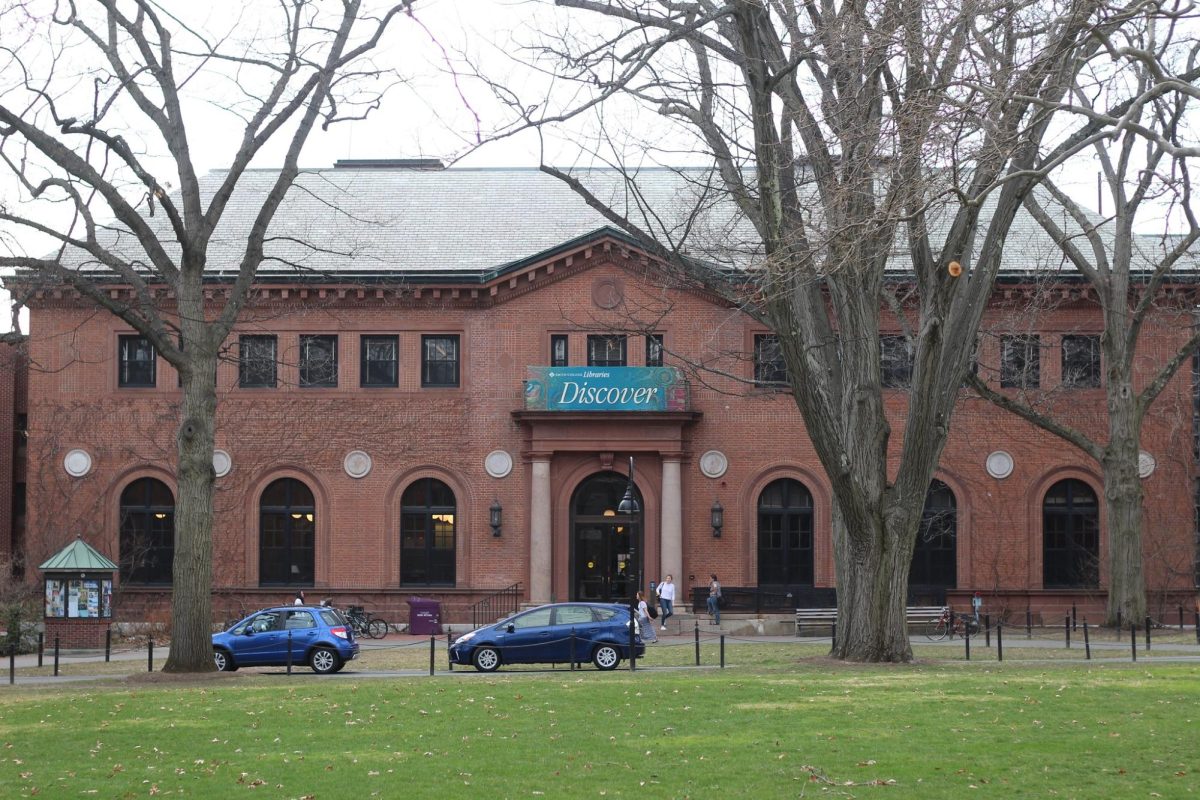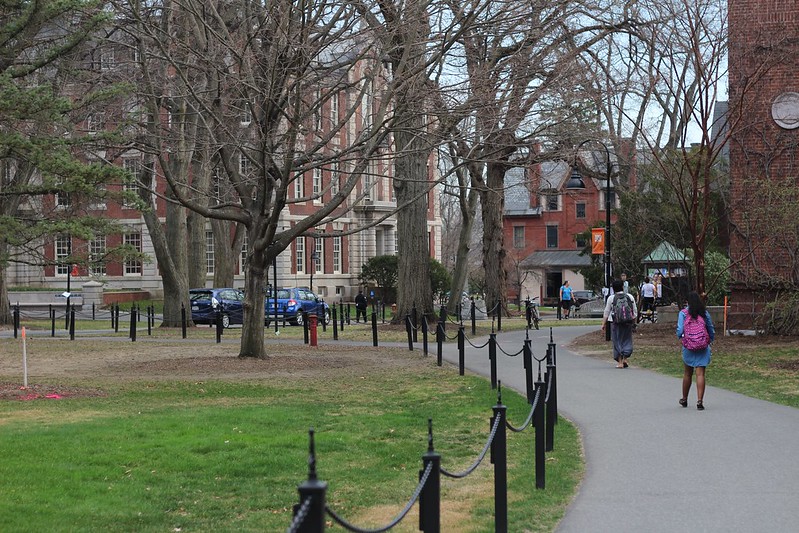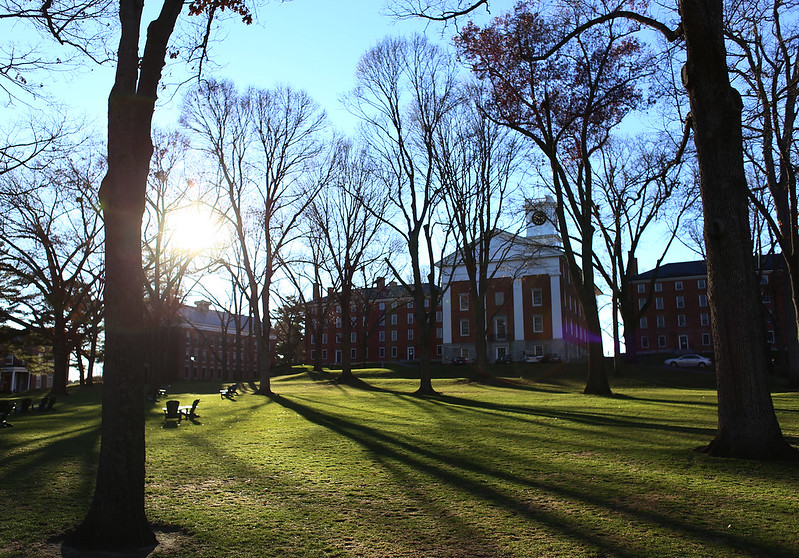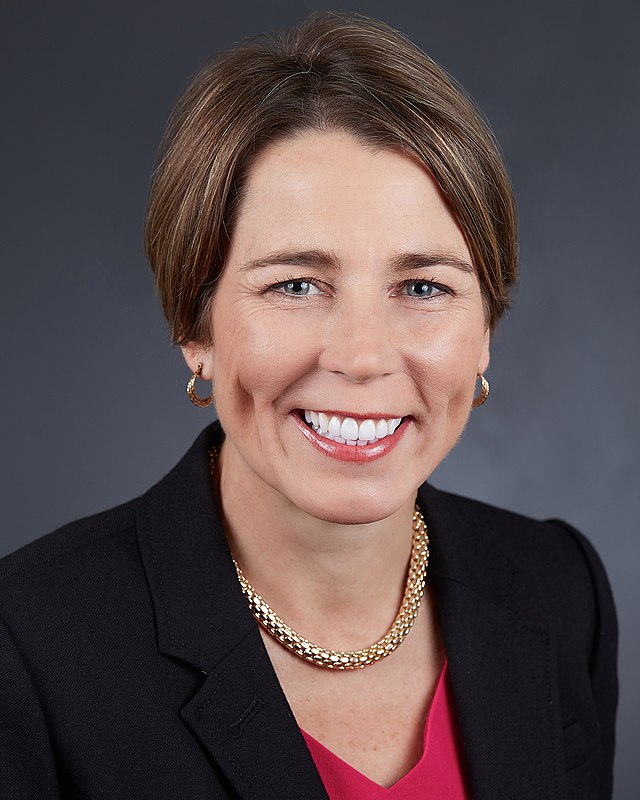
For students at the University of Massachusetts, construction has become a consistent part of everyday life. The past five years have featured ceaseless construction to various buildings and facilities across campus.
James Hunt, communications manager for the office of Facilities and Campus Services, explained the reasoning behind continuous construction on campus.
“Ongoing construction is necessary for different reasons,” Hunt said. Construction provides the University with the best facilities available so that it can satisfy its academic goals, enabling UMass to be at the frontier of the “education marketplace.” Giving UMass cutting-edge facilities thus indirectly attracting the “best and brightest of professors and students,” Hunt said.
For example, one of the nine construction projects currently in the works is the John Francis Kennedy Champion’s Center. The center, which will house the new training court for both the men’s and women’s basketball teams, is designed to “attract the best and brightest players,” Hunt said.
The $24 million, 56,500 square foot facility will be the new location for the recruitment and training of UMass basketball players, replacing the old court at the Mullins Center that was also used by clubs.
Construction is also the best means for ongoing preservation, Hunt said, citing the $36.5 million renovation of South College as an example.
“(The building) has roots in practically the University’s founding,” Hunt said. Through construction, UMass aims to relocate some of the humanities departments from their previous dilapidated surroundings into a more modern setting.
In addition, the new building will be more accessible for handicapped faculty and students.
Hunt explained that the construction projects collectively aim to develop a sustainable, green physical environment at UMass to prepare for the University’s future.
In 2009, a directive was passed by former Massachusetts Governor Deval Patrick to foster sustainable design and architecture through construction at state universities. Since then, UMass has tried to embody the principle of the directive through all of its construction measures.
For example, the installation of the Robsham Visitor’s Center solar parking lot canopy will provide charging stations for electronic vehicles through harnessed solar power. The recently constructed Integrative Learning Center also features a green roof as well as a highly efficient water handling system.
Not only are such construction projects good for the planet, Hunt said, but they are highly “economical and require less (money) to maintain.”
Regular improvements to the University also provide future students and researchers with a source of future studies concerning how energy efficient and sustainable buildings function in comparison to older buildings. Thus, there is an opportunity to learn from construction, Hunt explained.
Other projects due before 2018 include the renovation of Furcolo Hall, the interior of the Old Chapel and the interior of the Integrated Science Building, as well as the construction of a new physical sciences building. UMass steam distribution system, located in Morrill, will also be updated.
Tanaya Asnani can be reached at [email protected].



















